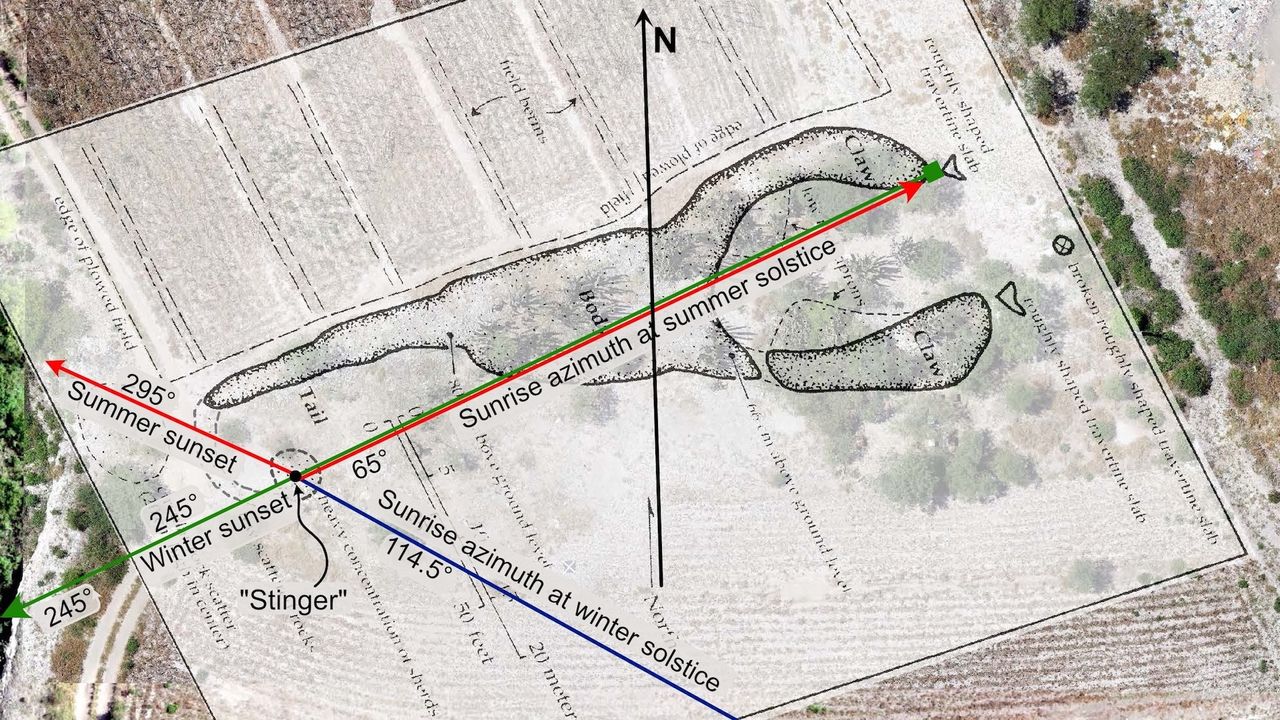200-foot scorpion effigy mound in Mexico may align with the solstices
PositiveScience

A fascinating new study reveals that a 205-foot-long scorpion-shaped mound in Mexico likely served as an ancient astronomical marker for Mesoamericans, helping them track the summer and winter solstices. This discovery not only sheds light on the sophisticated understanding of celestial events by these early civilizations but also highlights the importance of such structures in their cultural practices. Understanding these alignments can deepen our appreciation for the ingenuity of ancient peoples and their connection to the natural world.
— via World Pulse Now AI Editorial System